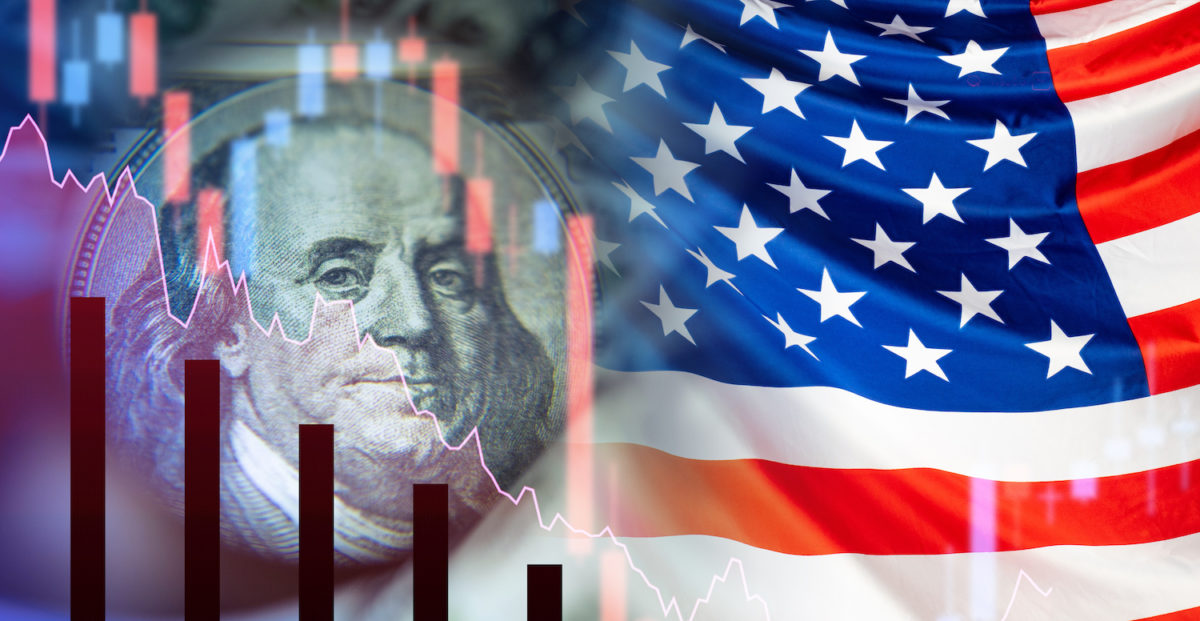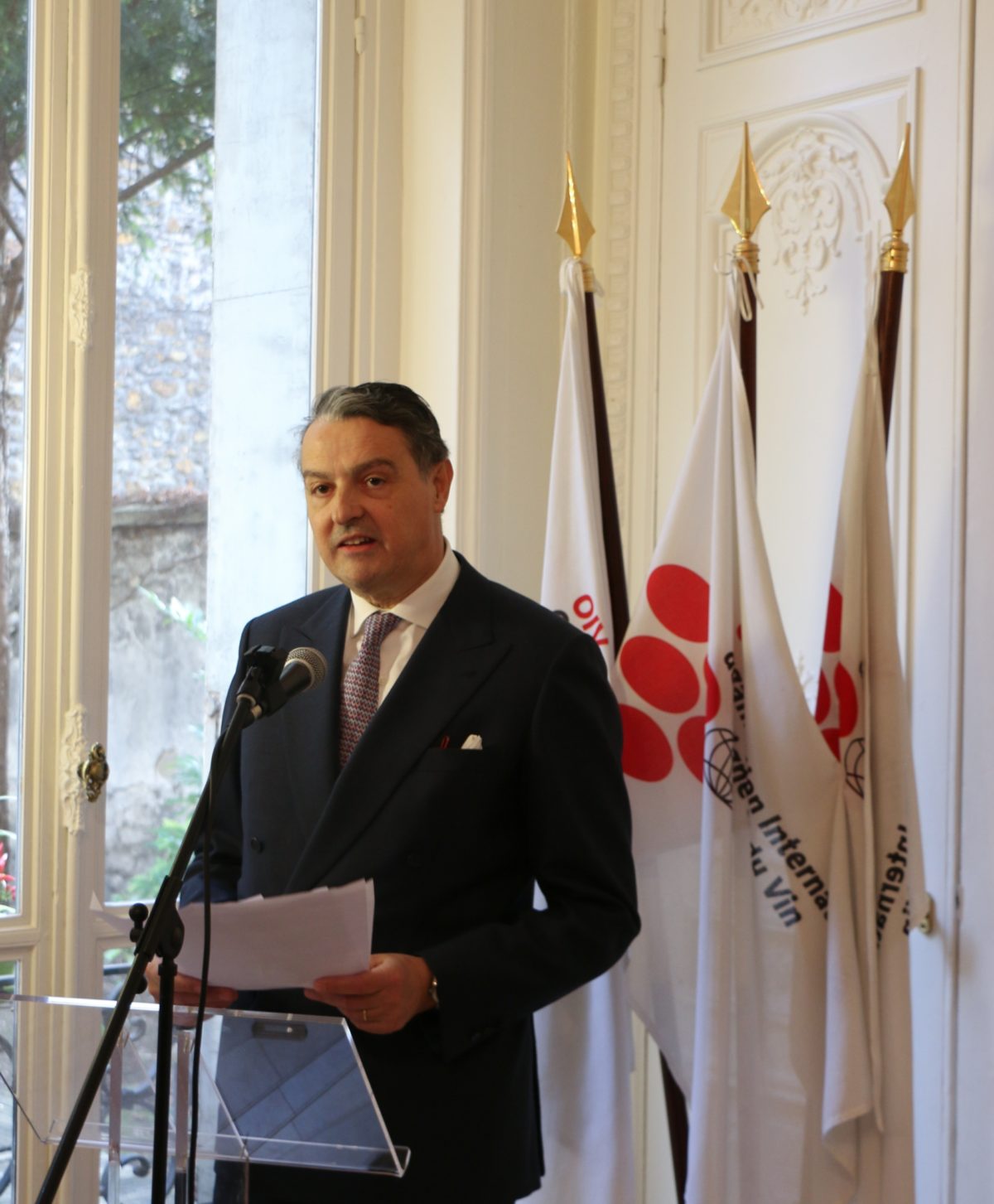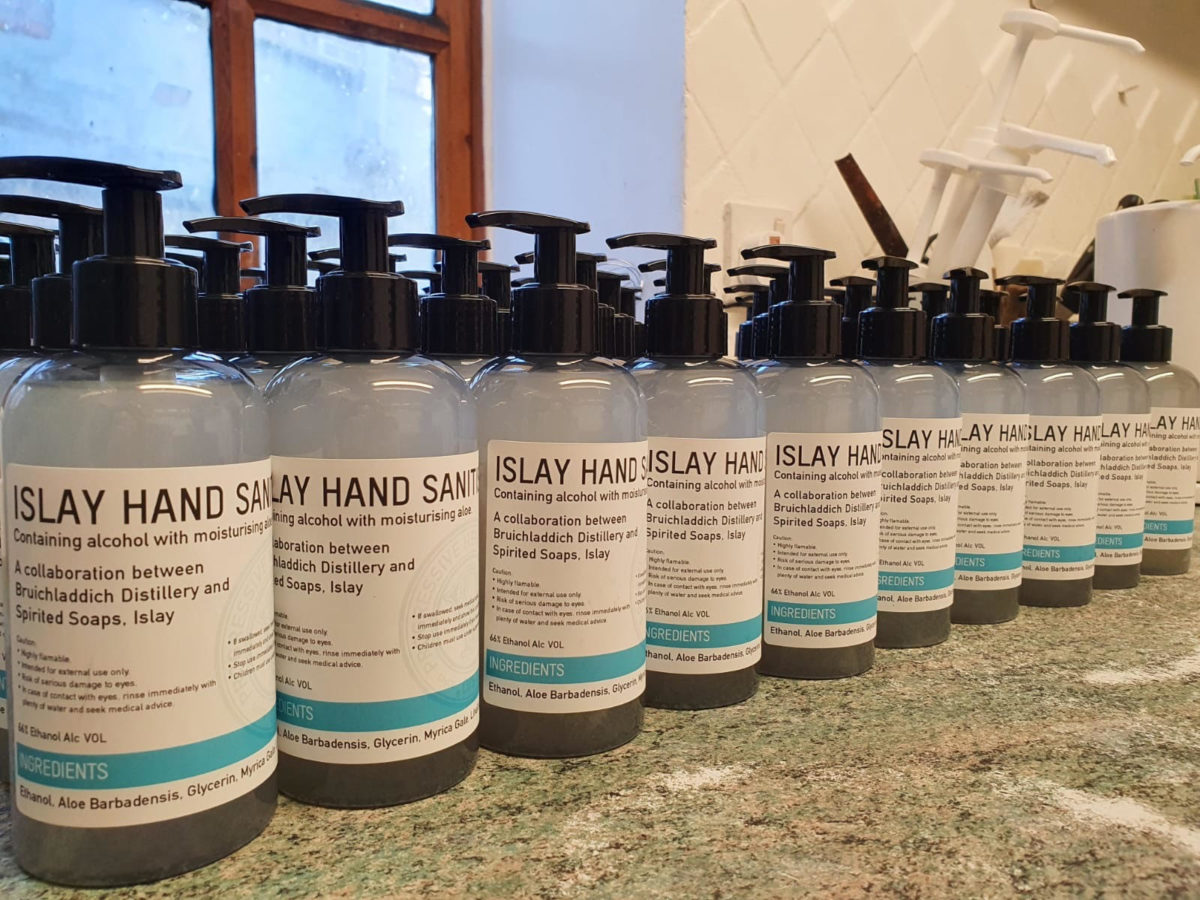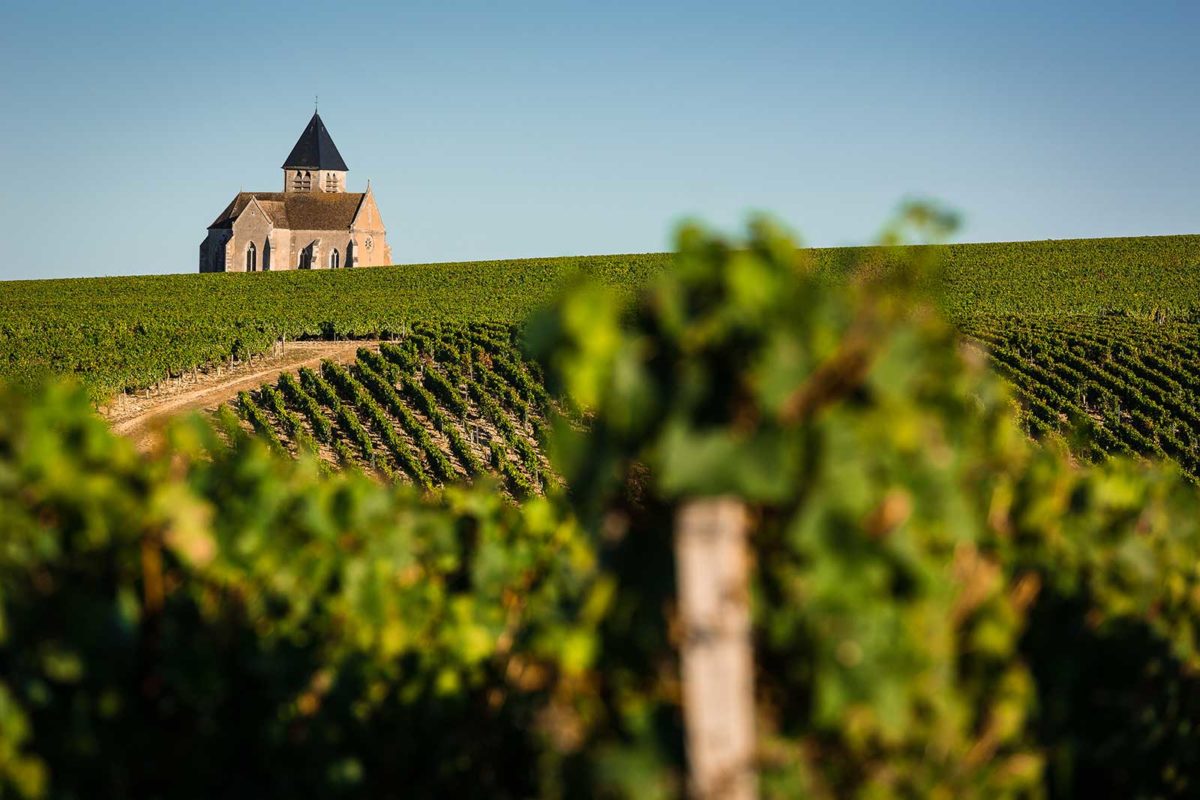The average US winery lost US$51,201 from March 15 to April 15 and expects to lose a further $134,626 in May, due to the latest survey by industry association WineAmerica.
There is some cause for optimism.
Having released bleak figures back in March, the industry association has said the results of its second survey has brought in some more “uplifting” findings.
Last month, WineAmerica revealed that US wineries lost a total of US$40,439,764 in March due to Covid-19, but warned that the figure could be far greater as only 10% of the nation’s wineries responded to the information request.
In its second survey, the industry association found that the average winery lost $51,201 between March 15 and April 15 and expects to lose $134,626 in May if the current situation continues through to the end of the month. Wineries estimate that it will take an average of four months to return to normal business levels.
This survey was returned by 727 wineries in 45 states, a smaller survey sample than the first.
It revealed that wineries have resorted to ingenuity in order to bring in money. The most popular new strategy was offering curbside pickups, with 84% of those surveyed saying they had done this. 63% said they had reduced shipping costs, 60% had offered special promotions, 54% had carried out local home deliveries, and 53% said they’d put out ‘wine club specials’.
28% revealed they had engaged in the growing trend of virtual wine tastings. Just 5% of those surveyed said they hadn’t tried any of these initiatives.
WineAmerica stated that it was “highly likely” that the marketing experience and willingness to adapt will “serve the industry for years to come”.
15% of those surveyed said they had been forced to stop production, however, 62% said that production speed had been reduced due to Covid-19.
Due to the global pandemic, the average American winery had to lay off five members of staff, although a quarter of those surveyed said they didn’t make any job cuts.
As expected, wine tourism has taken a huge hit. The average winery in America has 17,644 annual visitors, with 1,482 expected during the 15 March to 15 April period. Due to coronavirus, visitor numbers were down by an average of 90.5% and tasting room sales fell by 74.5%. However, direct-to-consumer (DtC) sales increased by 8%, with many wineries reporting sales rising by double or triple digits.
WineAmerica president Jim Trezise said that wineries and tourism “have a symbiotic relationship” and described visitors as being “the lifeblood of the industry”.
He said that marketing innovations “have mitigated losses due to closed tasting rooms, but not entirely”.
As some states start to lift lockdown measures, Trezise says WineAmerica is working to develop “best practices for tasting rooms” that will both protect the safety of visitors and employees.





